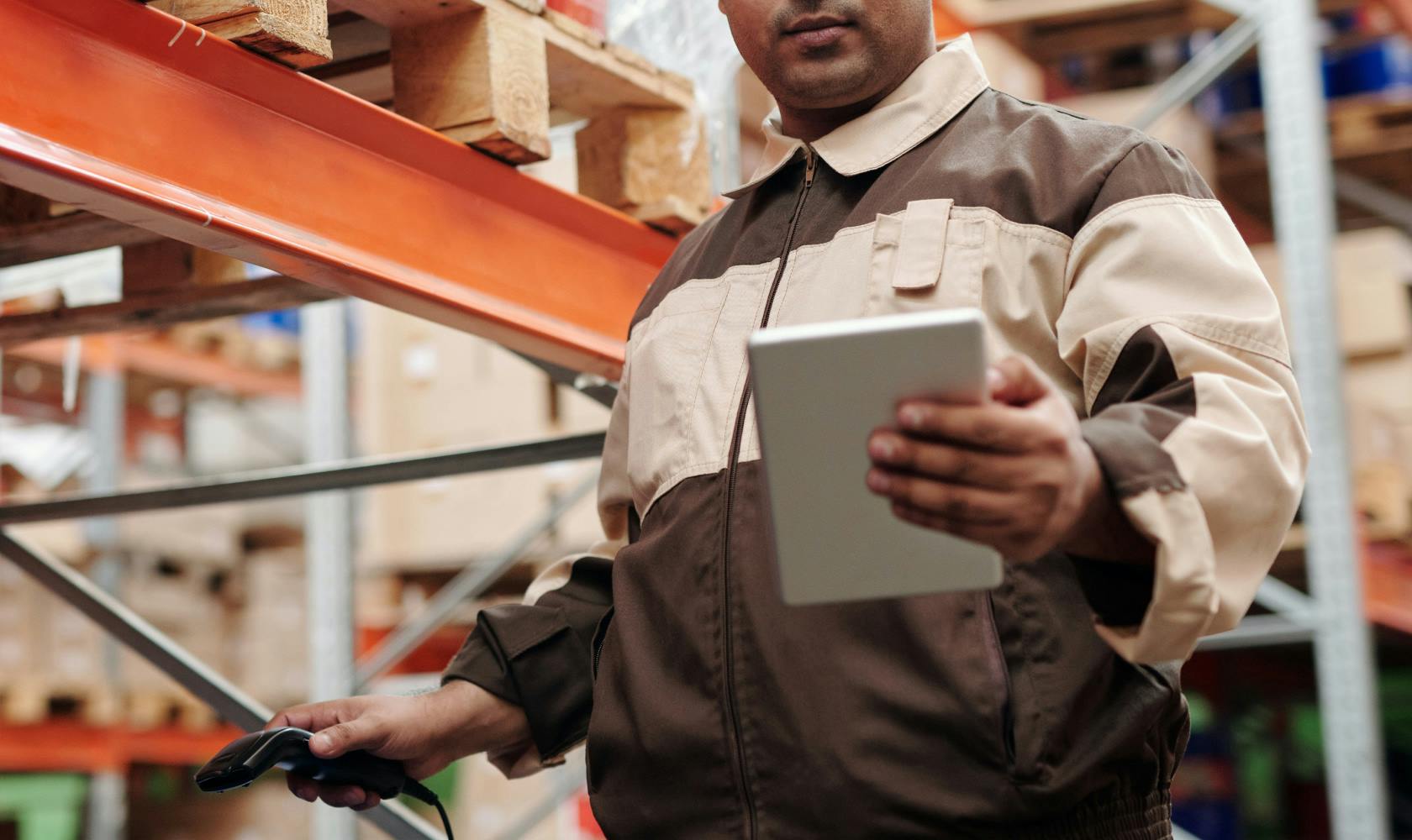As we like to say here at Stord, for many companies - B2B, B2C or omnichannel - their supply chain is f… well, let’s just say it leaves something – and in many cases a lot – to be desired. This year has demonstrated that one’s supply chain can be a driver of an operation’s success, or a costly impediment to achieving growth or even remaining viable.
With global resources constrained, from port capacity to long haul drivers, delivering a superior customer experience in the face of ever-increasing demand is more and more challenging.
That’s why technology is becoming extraordinarily important and impacting virtually every aspect of supply chain management. For any company focused on ensuring a physical product gets manufactured or acquired, transported, packaged and delivered on time to an end user, being on top of the latest technologies and understanding how they can be integrated into your business flow is key.
So what technologies could have the biggest impact across the logistics landscape this year? Here’s what innovation and technical approaches the Stord team sees impacting supply chains in 2022.
What impact will technology have on supply chains this year? What technologies could have the biggest impact?
Integrated Order Management and Inventory Planning
“Overall, customers are going to need to adjust their models for inventory planning given the industry challenges with supply chains. In short, customers used to plan inventory with a "just in time” model - essentially planning to have 10% more inventory than their expected sales volume would dictate. However, this is no longer the case as lead times are longer and unpredictable. As such, customers now are looking to plan to have 40% to 50% more inventory on hand to ensure they aren't missing opportunities.
So, how do they do this? First, they have to understand what that volume actually is, which requires dynamic inventory management systems integrated with their orders, and then align it to their strategies for the year. For example, if there is “seasonality” to their business, or if they are planning large marketing campaigns, how does this alter their inventory planning process and when do they need to account for these fluctuations? Then they need to work with suppliers to order their goods and gain visibility into the status of those Purchase Orders to ensure it aligns to their timelines.
Doing this necessitates order management technology integrated into the rest of their supply chain. These platforms, all integrated together to provide a single, dynamic view, have become necessary for companies to plan and operate their business in this new environment, and achieve their goals for growth and market penetration.”
- Brian Bradshaw, Software Senior Account Executive
Deepening Engagement with Advanced Packaging
“On the packaging side, advances in digital printing technology will have a massive impact. imagine if you could affordably print 1,000 different QR codes on 100,000 different boxes, and then test 100 different versions of post-purchase messaging, promotions and customer and engagement to each of those 100,000 recipients.
Some day in the future? No, this is possible today. So why isn’t this commonplace? Because 95% of the industry neither knows about it, nor can fully grasp the significant implications such personalized packaging can have on their businesses, from a marketing or speed-to-market perspective. New packaging technologies like these can provide a massive opportunity to re-engage and re-market to customers at the time of unboxing.”
- Will Brown, Director of Packaging
More Networking, More Automation
“Traditional supply chains aren't truly networks, and as cloud networks (like Stord’s) proliferate, the ability to optimize operational decisions and supply chain movements over a multi-shipper network and an expansive logistics network will be powerful. These cloud-based approaches will also enable increased collaboration in supply chain networks.
Across facilities, robotics will help decrease the warehouse labor issue. Electric vehicle (EV) automation will help improve the driver shortage and increase capacity. RFID and machine vision will be used more for tracking assets that come and go in/out of warehouses and trucks to ensure increased accuracy and less manual data entry.”
- Sean Henry, CEO
Data-informed Insights
“Warehouses and shippers have disparate and different processes from one another with drastically different levels of sophistication. Data and data-related technologies are primed to make a large impact. There are a lot of options for consumers, a lot of external threats (e.g., supply chain issues, etc.) so finding value in the margins and through optimization is critical. Data and the consolidation of disparate data can help unlock these insights.”
- Ryan Andrews, Senior Product Manager
Automation & Connectivity
“Moving goods from their point of origin or manufacture to an end customer's doorstep requires many, many partners, often operating on different systems and in multiple locations. Technology that bridges as many of these different partners together via integration, and provides end customers with a single unified solution for managing their supply chain will have a massive impact on the supply chain industry.”
- Matthew Wendelken, Software Account Executive
Control Tower Software
“Supply chain technology is changing, from advanced robotics within warehouses to optimize operations and streamline repetitive tasks, to “control tower” software which makes your entire supply chain viewable in one place. We’re already seeing these technologies help our customers turn their supply chain into a competitive advantage.”
- Danielle Harward, Senior Manager, Business Development
Automation Across the Supply Chain
“More automation in the supply chain. This includes fulfillment (within the warehouse) and delivery.”
- Bradley Weill, VP Product
Differentiated Customer Experiences
“If we look at the past two decades, technology has led to rapid supply chain enablement which, in turn, has led to increased consumer expectations. As we look forward to the next 12 months and beyond, consumer buying behavior will continue to push brands to innovate and deliver a customer experience as a differentiator in a competitive marketplace.”
- Robert Martin, Director of Logistics Sales
Supply Chain Visibility
“Greater visibility into every step of the process from source-to-end customer. AI, advanced analytics, and machine learning will continue to optimize supply chains in ways that were not previously possible.”
- Ibrahim Ashqar, Director of Data Science
“Technology will drive more visibility and agility in the supply chain, and create 'surprise and delight' experiences for the end customer.”
- David Hardwick, VP Engineering
“Given the capacity and operational problems at ports, there will be continued demand for increased visibility into freight forwarding, ocean freight, and drayage operations. In addition to optimizing delivery to customers, shippers will continue to adopt technologies offering end-to-end visibility for a purchase order lifecycle. This visibility enables shippers to optimize inventory planning, manage inventory replenishment and avoid stockouts.”
- Sarang Damle, Group Product Manager, Order and Inventory
How Are You Incorporating Technology into Your Supply Chain?
(i.e., Stop Relying on Yesterday’s Supply Chain!)
These are just a few of the technologies that will impact your supply chain this year, and going forward. Your largest competitors likely have these technologies in place, furthering their advantage. How can you possibly compete?
Because it’s not just about your budget size. It’s about being smart about how you’re spending, and where and on what you're spending. That’s where technology can level the playing field. Find a partner that understands your particular business objectives and how to bring the appropriate technologies to bear on your existing supply chain network.
If you’d like to explore how you can take advantage of existing technologies such as taking a cloud supply chain approach to uplevel your logistics operation and transform your operations, we’d love to talk.
Stord Partner: ABM Agency






